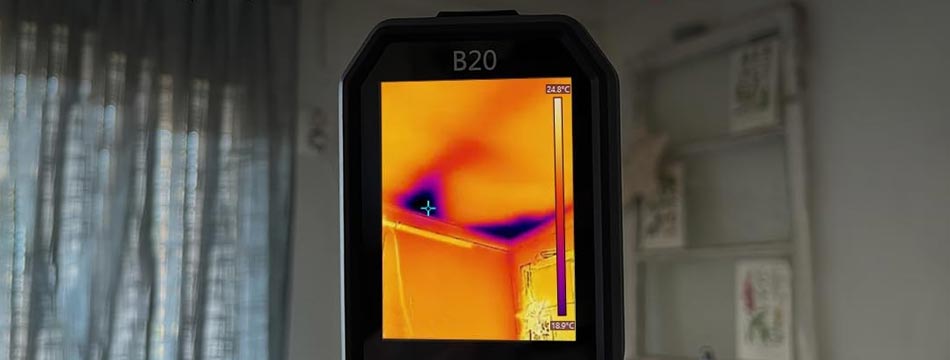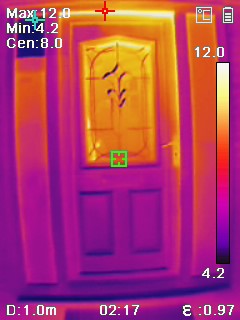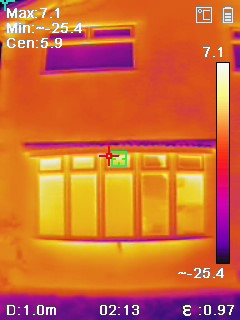
Have you wondered how green energy suppliers benefit from thermal imaging? Read this informative article to find out more.
We all need to be more aware of how we consume energy. There is no way of escaping the fact that if we continue using non-renewable energy at the same rate that we are currently using it, the world will be in a lot of trouble. Not only that, but using energy - whether renewable or not - costs money - and in a world where prices are shooting up on an almost daily basis, the need to save money is even more important than ever.
The most obvious way to help the environment and save money when it comes to energy is to switch to one of the increasing numbers of green energy suppliers These suppliers are ahead of the competition in terms of sustainability and already have implemented ways of providing greener forms of energy and are providing tips and advice to customers on how they can save energy within their homes and businesses. One way that is becoming more popular is the use of thermal imaging cameras [1].
What is thermal imaging?
Thermal imaging is a technique that uses infrared radiation and thermal energy to acquire data in order to create photographs of them, especially in low-light conditions. It is founded on the science of infrared energy, which is emitted by all objects. This energy emitted by an object is also known as its "heat signature," and the amount of radiation emitted is related to the overall heat of the object.

These images were taken with Hikmicro B20 thermal imaging camera. The top right-hand corner of the door seal is leaking heat, shown by the yellow/white colour. Relacing this seal will reduce energy loss from the seal.

The top window has blinds and curtains drawn, keeping the heat inside the home. The large downstairs window's blinds and curtains are open, showing where heat is escaping through the window.
Thermal cameras, also known as thermal imagers, are complex devices that have a sensitive heat sensor capable of detecting minute temperature variations. As they collect infrared radiation from objects in a specific area, they can begin to map out an image based on temperature differences and inflexions.
Thermal images are typically grayscale, with white representing heat, black representing cooler regions, and various shades of grey denoting temperature gradients between the two. Newer kinds of thermal imaging cameras, on the other hand, add colour to the images they produce in order to help users more clearly identify separate objects, employing colours such as orange, blue, yellow, red, and purple.
How can green energy suppliers use thermal imaging?
Thermal imaging is a fantastic tool for green energy suppliers. It quite simply can help them - and households - identify where heat is being lost in a house so that steps can be taken to fix these areas and keep heat in the property, where it belongs. The less heat that is lost, the more money is saved and the less impact that it has on the environment.
Research has shown that the average UK household wastes almost £400 of energy every year through poor insulation and heat loss - and with energy prices rising exponentially over the next few months, which you can find out more about here that will be even higher [2]. Not only is that a significant amount of money, but it is so damaging to the environment.
If green energy suppliers harness the power of thermal imaging equipment, from Tester, they can work with customers to insulate their homes better, fix leaks and other areas where heat is being lost in the home.
Further Information
For more help and advice about using thermal imaging to reduce your energy bills and carbon footprint, as well as further information regarding our building diagnostics thermal cameras, please contact our Sales team on 01642 931 329 or via our online form.
Information Sources
[1] Jessica Wright Article "News Roundup: Thermal Cameras Used to Reduce Energy Bills & Carbon Footprints" PASS Ltd, last accessed 23 February 2022
[2] Ofgem.gov.uk Price cap to increase by £693 from April article, Press release, last accessed 3rd Feb 2022


